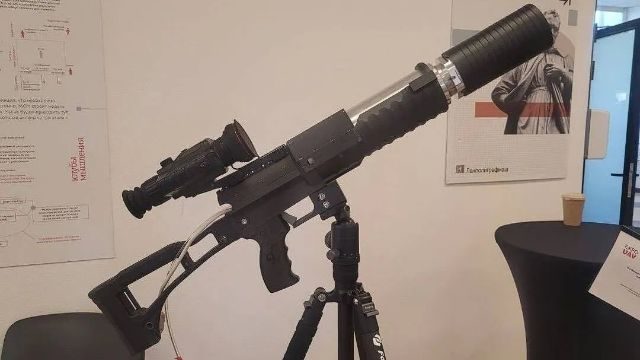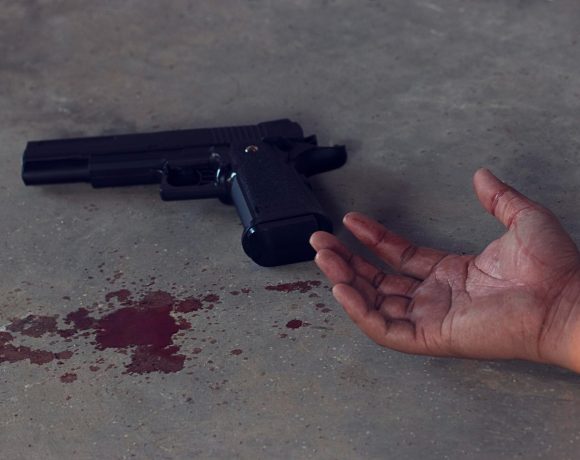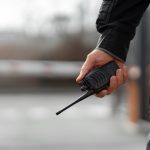
Russia Develops Laser Rifle to Neutralize Drones at 500 Meters
Russia has unveiled a new handheld laser rifle capable of disabling drones at a range of up to 500 meters, marking a significant step in the nation’s push to strengthen its counter-drone defenses. The portable weapon represents a leap forward in directed-energy technologies, designed to offer rapid-response solutions on the battlefield without the need for traditional ammunition.
Compact and High-Tech Anti-Drone Weapon
The laser rifle employs focused ytterbium laser beams to target and disable small unmanned aerial vehicles (UAVs). By concentrating energy on specific drone components—such as optics, wings, or control systems—it can incapacitate enemy UAVs mid-flight. Its portable design allows individual soldiers or special units to deploy the system in mobile or urban operations, where aerial threats are increasingly common.
The system is battery-powered, lightweight, and designed for frontline usability, eliminating the need for bulky power sources or large-scale equipment.
Strategic Shift Towards Directed-Energy Weapons
This new development reflects a growing shift in modern military strategies toward the deployment of directed-energy weapons. As drones become increasingly accessible and widely used in reconnaissance, surveillance, and even targeted attacks, nations are investing in quick-response technologies to neutralize these threats effectively.
The laser rifle provides a cost-effective alternative to conventional ammunition and missile systems used to take down drones. With near-zero per-shot cost and silent operation, it becomes an ideal tool for stealth and close-range anti-drone defense, particularly in asymmetric combat situations.
Broader Defense Technology Expansion
The laser rifle is part of a broader effort by Russia to modernize its defense arsenal using emerging technologies. As drone warfare continues to evolve, the integration of systems like this laser weapon highlights the growing importance of energy-based tools in future combat scenarios.
Its deployment could significantly enhance frontline units’ ability to secure airspace at a tactical level, especially in areas where small UAVs are frequently used for surveillance, target designation, or low-cost strikes.


















